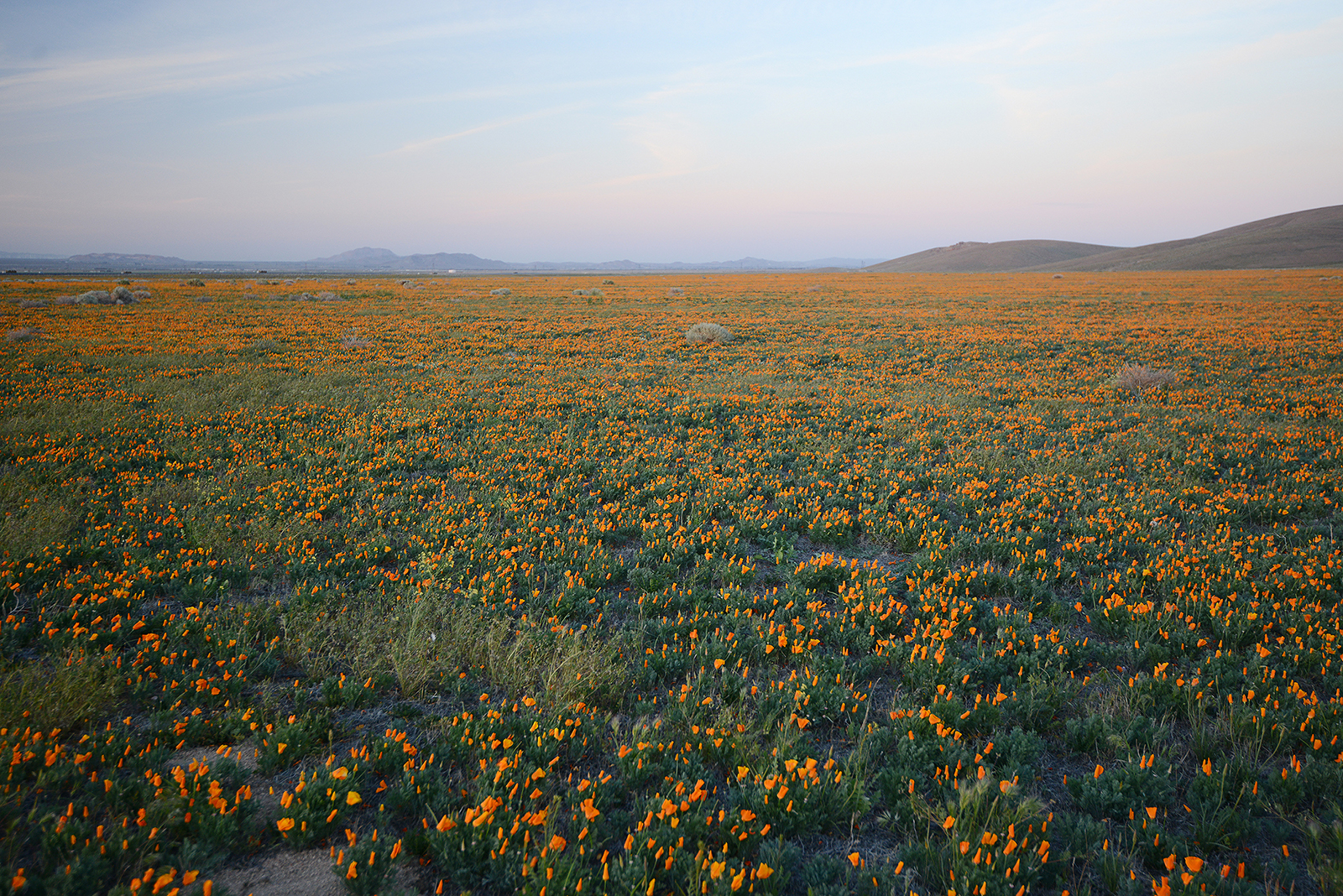Yeast Media FAQ

HOW DO WE DEFINE OUR DEFINED MEDIA?
First, we start with Yeast Nitrogen Base (YNB). In our terminology, YNB is the base to which ammonium sulfate or another nitrogen source is added. YNB contains salts, vitamins, and trace elements.
Upon the addition of ammonium sulfate, YNB becomes “YNB+Nitrogen”. Variations of YNB and YNB+Nitrogen are available that are missing specific components as identified by a minus sign in the product name.
Adding glucose to YNB+Nitrogen creates a dropout base (DOB). If we add agar at this point, it is a dropout base with agar (DOBA). We also have DOB/DOBA formulations with Raffinose, Galactose, or both, which will be clear from the product name.
At this point you can choose an amino acid mixture based on the concentrations and components of our CSM, SC, HSM or BSM formulations (see table below). When we choose a CSM amino acid mix and add it to either DOB or DOBA, it becomes a complete defined media (SD or SDA). When we choose an SC amino acid mix and add it to either DOB, it becomes an SC Complete.
Hundreds of variations on the above are already available, and we are always willing to drop out different combinations of things for you. Simply browse, search, build, or ask!
Finally, please note that ingredients following a minus sign have been left out of our standard recipe. Always be sure to check the complete formulation. All remaining ingredients are >99% pure, and have not been assayed by their respective manufacturers to provide lower limits of every possible co-purified substance. If you require your final media to be below a certain level of a specific substance, we strongly recommend looking for a highly-rated commercially available assay kit, or a frequently cited and peer-reviewed process.
WHAT ARE THE COMPONENTS OF THE AMINO ACID MIXTURES?
| Amount in each mixture (mg/L) | |||||
|---|---|---|---|---|---|
| Component | CSM | SC | BSM | HSM | SP |
| 4-Aminobenzoic acid (PABA) | 0.0 | 8.6 | 0.0 | 0.0 | 0.0 |
| Adenine hemisulfate* | 10.0 | 21.0 | 40.0 | 100.0 | 50.0 |
| Inositol | 0.0 | 85.6 | 0.0 | 0.0 | 0.0 |
| L-Alanine | 0.0 | 85.6 | 0.0 | 0.0 | 0.0 |
| L-Arginine | 50.0 | 85.6 | 20.0 | 100.0 | 0.0 |
| L-Asparagine monohydrate | 0.0 | 85.6 | 0.0 | 0.0 | 0.0 |
| L-Aspartic acid | 80.0 | 85.6 | 100.0 | 50.0 | 0.0 |
| L-Cysteine hydrochloride monohydrate | 0.0 | 85.6 | 0.0 | 100.0 | 0.0 |
| L-Glutamic acid | 0.0 | 85.6 | 100.0 | 0.0 | 0.0 |
| L-Glutamine | 0.0 | 85.6 | 0.0 | 0.0 | 0.0 |
| L-Glycine | 0.0 | 85.6 | 0.0 | 0.0 | 0.0 |
| L-Histidine hydrochloride monohydrate | 20.0 | 85.6 | 20.0 | 50.0 | 50.0 |
| L-Isoleucine | 50.0 | 85.6 | 300.0 | 50.0 | 0.0 |
| L-Leucine | 100.0 | 173.4 | 60.0 | 100.0 | 50.0 |
| L-Lysine hydrochloride | 50.0 | 85.6 | 30.0 | 100.0 | 50.0 |
| L-Methionine** | 20.0 | 85.6 | 20.0 | 50.0 | 0.0 |
| L-Phenylalanine | 50.0 | 85.6 | 50.0 | 50.0 | 0.0 |
| L-Proline | 0.0 | 85.6 | 0.0 | 50.0 | 0.0 |
| L-Serine | 0.0 | 85.6 | 375.0 | 50.0 | 0.0 |
| L-Threonine | 100.0 | 85.6 | 200.0 | 100.0 | 0.0 |
| L-Tryptophan | 50.0 | 85.6 | 40.0 | 100.0 | 0.0 |
| L-Tyrosine | 50.0 | 85.6 | 30.0 | 50.0 | 0.0 |
| L-Valine | 140.0 | 85.6 | 150.0 | 50.0 | 0.0 |
| Uracil | 20.0 | 85.6 | 20.0 | 100.0 | 50.0 |
*Minimum quantity for healthy growth and yet optimized to promote red color in certain adenine auxotrophs. Additional CSM formulations are available that contain different amounts of adenine.
**Due to their relationship to methionine biosynthesis, threonine is replaced by homoserine in mixtures lacking methionine.
References:
Complete Supplement Mixture (CSM): The formulation for CSM has been time-tested as a dropout supplement for virtually all strains of S. cerevisiae.
Synthetic Complete Mixture (SC): SC is also known as Hopkins Mixture. [F.Spencer et.al. Targeted recombination-based cloning and manipulation of large DNA segments in yeast. Methods: A companion to methods in enzymology 1993; 5:161-175].
Brent Supplement Mixture (BSM): For use with the Interaction Trap two-hybrid system. [Gyruis, J., et.al. 1993. Cdi1, a human G1 and S phase protein phosphatase that associates with Cdk2. Cell 75:791–803].
Hollenberg Supplement Mixture (HSM): For use with Hollenberg’s modification of Field’s two-hybrid system for HIS selection. Use HSM in conjunction with DOB w/Succinate. [Hollenberg, S.M., et.al. 1995. Identification of a New Family of Tissue-Specific Basic Helix-Loop-Helix Proteins with a Two-Hybrid System. Mol. and Cell Biol. 15, 3813].

